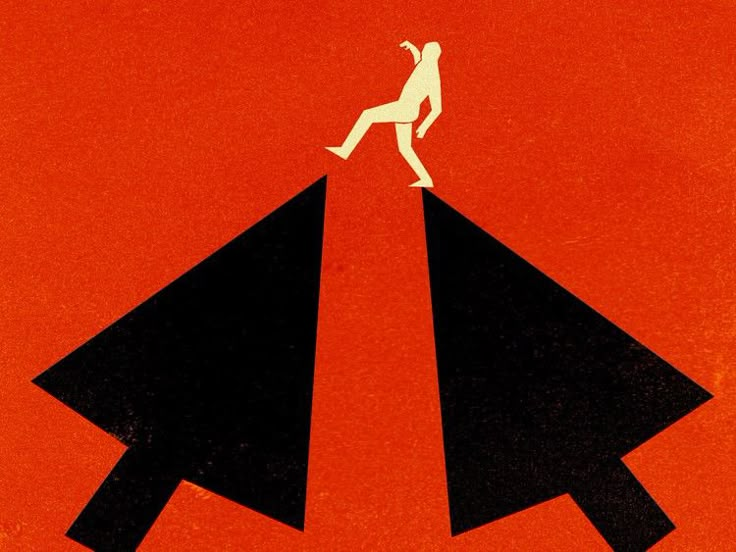About the spanish traditions…
Boa tarde everyone! I’m Lara again and today I would like to talk a little about the Semana Santa/Holy Week in Spain, about the traditions that we have the Spanish during the holidays, and maybe for foreigners that don’t know them can be a bit strange, and also about the traditional cuisine of these dates. It’s a little difficult to talk about all of the traditions of this days because in each municipality or capital is celebrated differently, but I will try to explain some ideas about it in a general way and then tell you a little bit about the gastronomy of the region where I come from.
Traditionally, Easter has always been linked to the religious life, eight-day of holidays (Palm Sunday, Holy Monday, Holy Tuesday, Holy Wednesday, Holy Thursday, Good Friday, Holy Saturday and Easter Sunday), each with a special tradition which is attached to the celebration of food and family and friendly meetings (but not in all places are held each day). Is one of the most deep-rooted celebrations of Spain. Backed by centuries of history and tradition. The streets become the stage for religious fervor and devotion, mourning and recollection, with music, art and magic and colorful demostrations of faith, called procesiones, usually organized by a Cofradía. Each Easter procession sculpture is called Pasos, which are often religious images of Christ or of the Virgin and carried by penitents who often wear conical hats, very characteristic of Spain, and according to the region, called differently (Gorro, Capirucho, Capote…). From these caps part the mask, a cloth hiding their faces and only has two openings on the eyes. The typical dress of the procession rememember the former Ku Klux Klan of the nineteenth century but it has nothing to do, it is not the same (do not worry because they will not hurt you 🙂 ). Accompanying the procession are usually a band of drums and trumpets, called cornetas, with a characteristic rhythm that sets the steps of the Pasos.
These are Pasos, where you can see the typical conic hat./Raúl Domínguez Barragán, (Arnedo, La Rioja).
Interestingly I can say that in southern Spain, which is also typical in the regions of the northern half and center, such is the devotion they have to their virgins and their Pasos, if that year during Easter time is not good weather and rains, devotees can not stop mourn/cry because their Pasos can not go in procession is an act that is done only once a year. (This year they have been lucky because they had a fantastic sunny days). Not so much that happens in northern Spain, in which those traditions are preserved but are more important family meals and meetings traditions.
For me the most important tradition during Holy week is the reunion with many family and friends who I do not normally see during the year because they live outside of La Rioja, the region where I come from. It is a time to enjoy them and have long conversations during the lunch time (because in Spain we love the moments sitting near the table talking after lunch) and eating Ajos asados/roast garlic (calçots in Catalonia), roast beef and roasted eggs and enjoy Torrijas made it by my mother and my aunts rosquillas. Or touring the different bars to savor the delicious Pinchos (tapas) along with our famous Rioja wine . These are moments despite being away from home, I really miss.
 In the first picture you can see Ajos asados, in the second of top, roasted egss among the embers and in the third one typical Torrijas.
In the first picture you can see Ajos asados, in the second of top, roasted egss among the embers and in the third one typical Torrijas.
I recommend that if you can travel during the upcoming Easter in 2015 that you should go to Andalusian cities like Triana, Seville, Malaga, Córdoba… to enjoy the processions. It is a curious thing for tourists who come there because they are surprised and often overwhelmed by emotion, respect and devotion to living those dates but also the usual joy that splashed the Spaniards in the streets. So if you are more interested in family traditions and cuisine of these dates, then choose the half north-central and if you can, visit La Rioja, my dear region.
So these are some of our traditions, what about yours?
PD: I let you some vocabulary to understand better.
Procesión: march by people walking down the street with a public purpose, usually religious.
Cofradía: brotherhood, group, religious congregation.
Pasos: Figure depicting a scene from the Bible, and large leaves in procession.
Torrija: traditional dessert made it with bread dipped in milk during five minutes, covered by beated eggs and then fried. You can put sugar and cinnamon on top.




